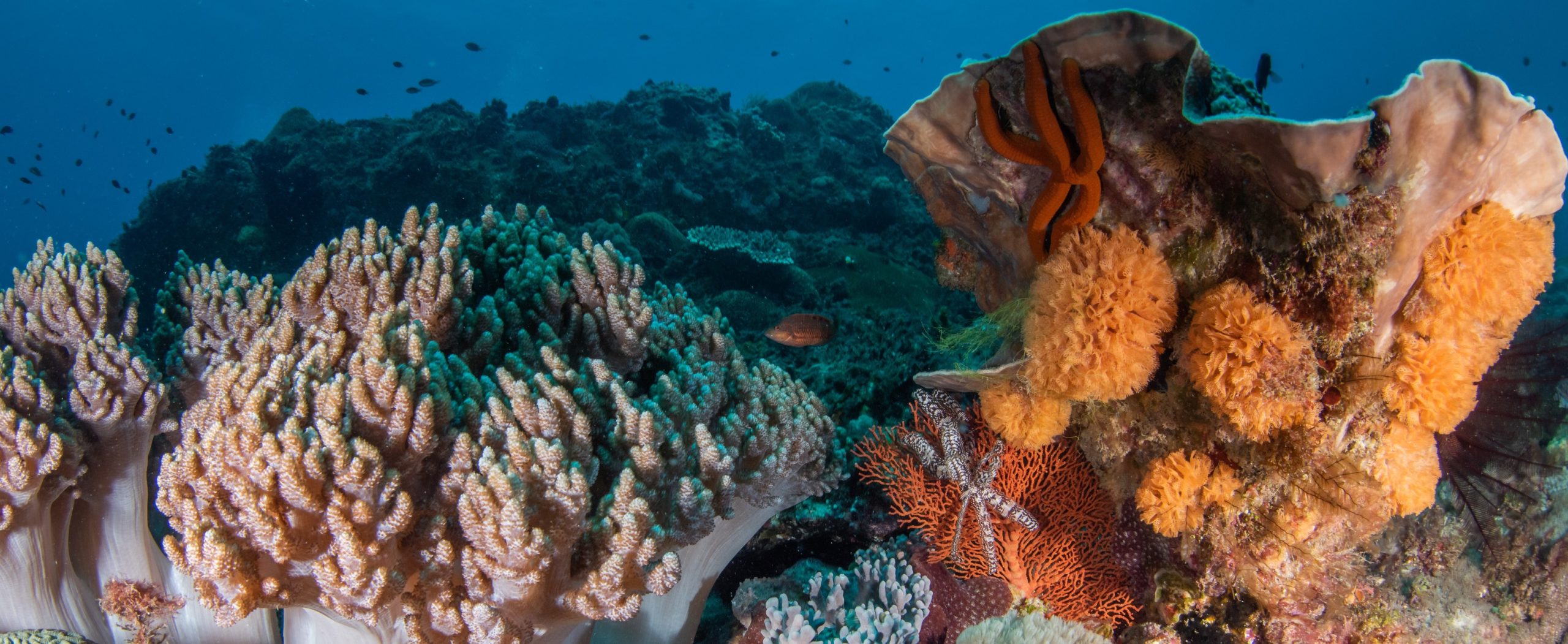Fish capture has far-reaching but inadequately assessed implications for marine food webs. At the community level, such effects are typically investigated using dynamic models that rely on partially subjective categorization of species into trophic groups and that mostly overlook the substantial contribution of ontogenetic dietary variation within fish species. Here, we estimate consumption by fish communities at 376 southern Australian sites by applying a recently developed statistical model that predicts diet for individual fish based on their body size and taxonomic identity, with predicted diets then summed to estimate total community consumption. Impacts of fishing and human population density as top-down pressures on shallow reef communities were thereby resolved at fine taxonomic scales. Fishes were estimated to consume 71% more prey biomass in southern Australian no-take marine protected areas (MPAs) relative to fished sites. Consumption of algae and sessile invertebrates was unexpectedly high in MPAs, an outcome not apparent with fish species allocated into pre-defined trophic groups. Extension of this individual size-structured modelling approach provides an opportunity to fill important knowledge gaps in understanding human impacts on marine food webs.
